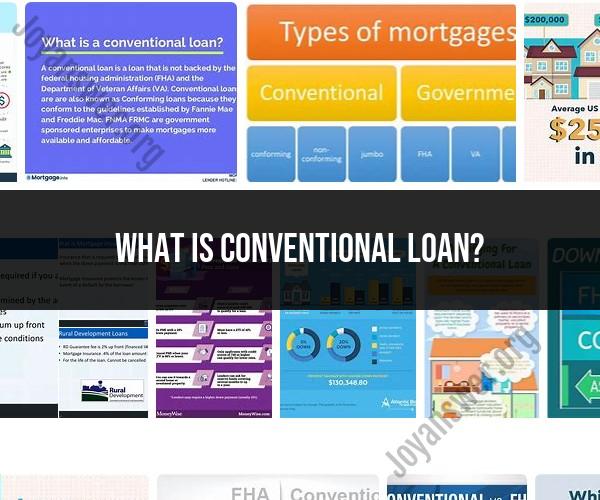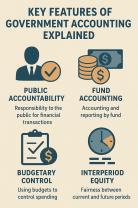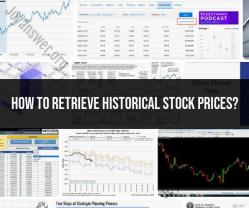What is conventional loan?
Demystifying Conventional Loans: Understanding their Basics and Applications
Conventional loans are a cornerstone of the mortgage industry, offering borrowers flexibility and a pathway to homeownership. In this guide, we will delve into the fundamentals of conventional loans, demystify their intricacies, and explore their various applications.
What Are Conventional Loans?
Conventional loans, often referred to as "conforming loans," are mortgage loans not backed or insured by any government agency, such as the Federal Housing Administration (FHA) or the Department of Veterans Affairs (VA). Instead, they are financed and insured by private lenders and are subject to guidelines set by two government-sponsored enterprises (GSEs): Fannie Mae and Freddie Mac.
Key Features of Conventional Loans:
Creditworthiness: Borrowers typically need a strong credit history and a favorable credit score to qualify for conventional loans. Lenders often require a minimum credit score, usually around 620, although a higher score can lead to more favorable terms.
Down Payment: Conventional loans offer a range of down payment options. While it's possible to secure a loan with as little as 3% down, a larger down payment can lead to better interest rates and lower monthly payments. A 20% down payment eliminates the need for private mortgage insurance (PMI).
Loan Limits: Conventional loans have varying loan limits based on geographic location. The Federal Housing Finance Agency (FHFA) adjusts these limits annually, allowing borrowers to finance homes within these thresholds.
Private Mortgage Insurance (PMI): If the down payment is less than 20% of the home's purchase price, borrowers may be required to pay PMI. PMI protects the lender in case of default.
Applications of Conventional Loans:
Home Purchase: Conventional loans are commonly used by homebuyers to purchase primary residences, vacation homes, or investment properties. Their flexibility makes them suitable for various property types and occupancy scenarios.
Refinancing: Homeowners with existing conventional loans often choose to refinance to secure more favorable interest rates, reduce monthly payments, or access home equity for other financial purposes.
Investment Properties: Real estate investors frequently turn to conventional loans to finance the purchase of rental properties. These loans offer competitive terms and the ability to leverage rental income.
High-Value Properties: Conventional loans can be used to finance high-value properties that exceed FHA or VA loan limits, often referred to as "jumbo loans." Borrowers should be prepared for stricter credit requirements and larger down payments.
Conclusion
Understanding the fundamentals of conventional loans empowers borrowers to make informed decisions on their homeownership journey. These versatile loans provide opportunities for homebuyers, real estate investors, and those looking to optimize their existing mortgage financing.
Whether you're purchasing a home, refinancing, or venturing into real estate investment, conventional loans offer a robust financial tool to achieve your goals.
For expert guidance and tailored solutions, consult with trusted mortgage professionals who can help you navigate the world of conventional loans with confidence.












